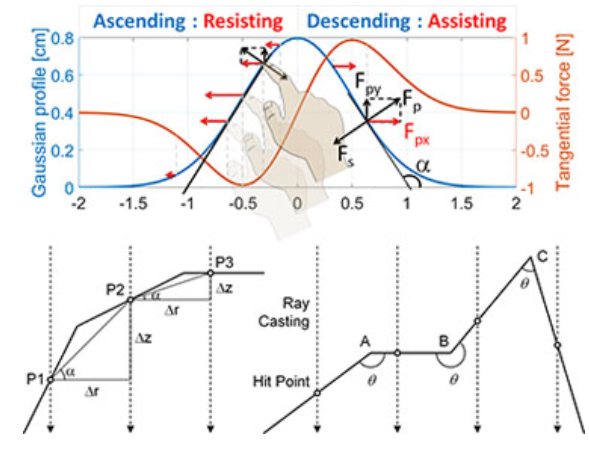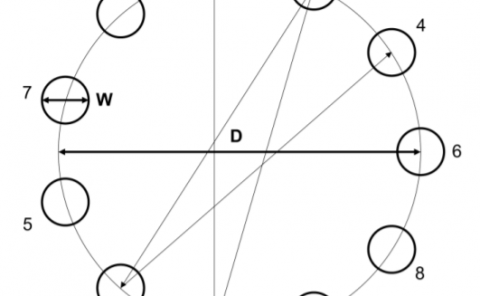Improving 3D Shape Recognition with Electrostatic Friction Display
PubDate: June 2017
Teams: Pohang University of Science and Technology;Electronics and Telecommunications Research Institute;
Writers: Reza Haghighi Osgouei; Jin Ryong Kim; Seungmoon Choi
PDF: Improving 3D Shape Recognition withElectrostatic Friction Display

Abstract
Electrovibration technology has the potential for seamless integration into ordinary smartphones and tablets to provide programmable haptic feedback. The aim of this work is to seek effective ways to improve 3D perception of visual objects rendered on an electrovibration display. Utilizing a gradient-based algorithm, we first investigated whether rendering only lateral frictional force on an electrovibration display improves 3D shape perception compared to doing the same using a force-feedback interface. We observed that although users do not naturally associate electrovibration patterns to geometrical shapes, they can map patterns to shapes with moderate accuracy if guidance or context is given. Motivated by this finding, we generalized the gradient-based rendering algorithm to estimate the surface gradient for any 3D mesh and added an edge detection algorithm to render sharp edges. Then, we evaluated the advantages of our algorithm in a user study and found that our algorithm can notably improve the performance of 3D shape recognition when visual information is limited.

